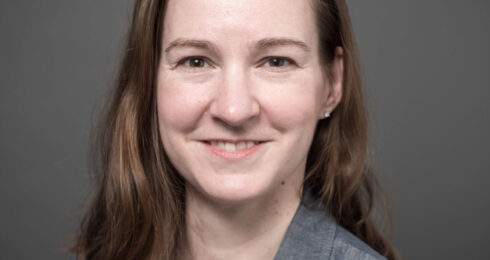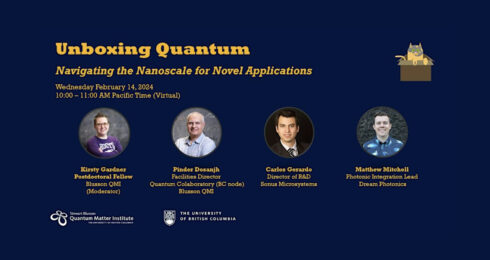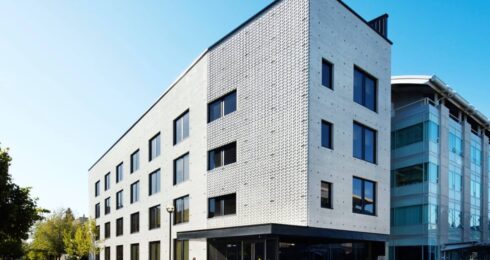Last year, Marcel Franz and colleagues proposed a high-temperature topological superconductor made from two monolayer-thin sheets of copper-based materials with a twist. Now, a follow-up paper published recently in the journal Physical Review Letters tweaks the recipe, adding a crucial ingredient so that the material can function as a different type of a topological superconductor, capable of hosting exotic particles called Majorana fermions, at temperatures that are more easily achieved in laboratory and industry applications.
“The material we had looked at previously was interesting, and potentially useful, but the most exciting class of topological superconductors—the ones we think will be useful for fault-tolerant quantum computing—are those that support Majorana zero modes,” said Franz, Professor in UBC’s Department of Physics and Astronomy.
Franz and colleagues initially set out to create a topological superconductor out of copper-based materials (also known as cuprates), and they were successful in proposing this; the effort to produce sample materials for experimental study are now underway at the Stewart Blusson Quantum Matter Institute (Blusson QMI) under the direction of Ziliang Ye, Assistant Professor in UBC’s Department of Physics and Astronomy. This new work builds on earlier theoretical papers in which the researchers studied the material, BSCCO (Bi2Sr2CaCu2O8+δ), in isolation. Now, the team has considered placing the twisted cuprate bilayer on the surface of a topological insulator, such as bismuth selenide (Bi2Se3), to generate Majorana zero modes.
Majorana zero modes are electronic states that are theoretically favourable to potential computing applications because they resist perturbation and could produce fewer errors in processing quantum information. The missing ingredient in Franz’s earlier work, however, is spin-orbit coupling, which occurs when the spin of the electron and its orbital angular momentum interact, a phenomenon that was absent in BSCCO but that emerges when the material is supported by Bi2Se3.
“The formula we came up with is actually not that complicated: we twisted bilayer BSCCO and put it in contact with Bi2Se3; the combination, under ideal conditions, may lead to topological superconductivity of a new kind,” said Franz. “The surface of Bi2Se3 exhibits the strongest possible spin orbit coupling that you can possibly have; it provides what BSSCO is missing in abundance.”
Other topological superconductors capable of supporting Majoranas would require temperatures within 1°C of the absolute zero, a temperature not easily achieved in conventional laboratory environments. However, Franz’s recipe for BSCCO applied to Bi2Se3 could see topological superconductivity at nearly 100°C warmer, which would require less complex cooling systems and more readily available—and less expensive—detection methods.
This research contributes to the Blusson QMI Grand Challenge, Engineering exotic phases in two-dimensional (2D) materials, and represents the next step in a series of theoretical papers that have been working to establish the groundwork for high temperature topological superconductivity and devise a recipe for the required materials and related experimental probes. In late 2021, Franz and colleagues including graduate student Oguzhan Can proposed the mathematical framework for the experimental process that would confirm their theoretical work.
Related links:


